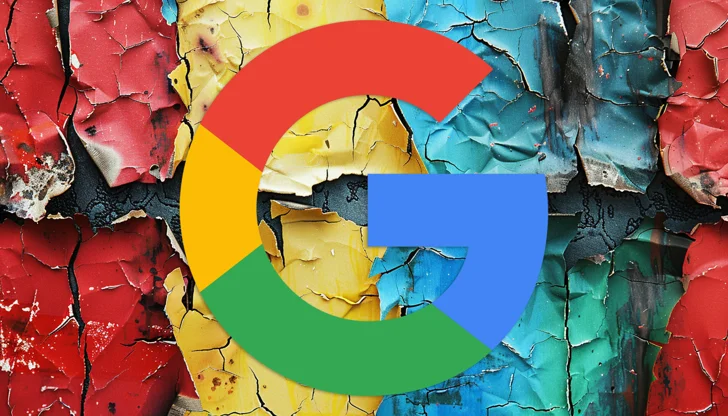Gary Illyes from Google recently released a new video titled “How Search Works,” offering an insider’s view of how search queries get interpreted and ranked. In his presentation, Gary outlines the ranking process crucial for every SEO professional to grasp.
Gary kicks off by stressing the primary goal of search: delivering results comprising high-quality, trustworthy, and relevant webpages.
Later in the video, he explores deeper into the concept of relevance, highlighting its user-centric nature, distinct from mere semantic relevance. User relevance integrates personalization factors such as previous searches, topicality, and geolocation. Here, “topicality” refers to a query’s relevance to current trends and interests.
While many SEOs focus on semantic word meanings, Gary emphasizes the importance of considering relevance from the user’s perspective, which consists of a myriad of elements.

Gary proceeds to explain the initial step in Google’s webpage ranking process, which involves parsing the search query. This step consists of several actions, starting with cleaning up the query by eliminating stop words, identifying entities that require stop words, and expanding the query where necessary.
Stop words, such as “and,” “in,” “is,” “on,” and “the,” are excluded from search queries as they are commonly used and do not contribute substantially to the user’s intent. Removing stop words not only streamlines the query but also aids in database optimization, leading to faster processing times.
Gary also notes that certain phrases need the inclusion of stop words for clarity. For instance, he uses the example of “Statue Of Liberty,” where the word “of” is crucial for understanding the meaning.
The Query Expansion
Query Expansion involves combining search queries with similar ones. For instance, “car dealership” and “auto dealership” are treated as interchangeable, allowing a webpage focused on one to rank for queries about the other, even if the exact phrase isn’t present on the page.
After understanding the query, the parsed version is forwarded to the index for ranking.
Queries Regarding the Use of Generative AI for Content Creation
The Ranking
When it comes to Ranking, Gary highlights that a vast number of matching webpages are sent to the index for evaluation.
He emphasizes several key considerations:
- Relevance to the user, which is influenced by hundreds of factors.
- The webpage’s content holds significant weight in determining relevance.
- Additional factors include user location, language, and device type.
- The quality of the webpage and its overall site are crucial ranking factors, where quality refers to content uniqueness and the webpage’s relative importance on the internet.
- Surfaced search features vary based on the query and are taken into account during ranking.
Gary underscores the significance of relevance to the user in ranking, highlighting that search results’ appropriateness to the user’s needs greatly influences rankings. This seemingly simple statement carries profound implications. While semantic relevance is a focal point for many SEOs, the aspect of user relevance holds paramount importance. Search queries often carry diverse meanings and contexts beyond mere semantics, as Gary elaborates in his presentation, emphasizing alternative approaches to grasping user relevance.
Key points he discusses include:
“Hundreds of factors determine relevance…
…actual contents of the page being the most important one,”
…user’s location, language and device type”
Determining relevance goes beyond factors like anchor text, entity analysis, user intent analysis, and semantic keyword SEO. It’s a multifaceted process that involves considering various aspects beyond these typical SEO elements.
Insights From Gary Illyes Regarding Google’s Crawling Priorities
Uniqueness of Content
Gary’s emphasis on the uniqueness of content is intriguing. Many SEO practitioners interpret “uniqueness” narrowly, focusing on avoiding word-for-word duplication. However, Gary highlights another dimension of uniqueness—being unlike anything else altogether.
It is a big concern when SEO strategies include competitor analysis as a primary step. This approach often leads to creating content similar to what’s already out there, assuming that’s what Google prefers. However, this can result in content that lacks uniqueness and fails to meet Google’s criteria, potentially leading to issues like the “discovered not indexed” status in Search Console.
Uniqueness has long been a focus for Google, and it’s a concept worth contemplating deeply in SEO strategies.
Google displays a wide array of search features, and according to Gary Illyes, their appearance depends on the specific query—different queries can trigger different features.
He mentioned:
“Based on the user’s query, the Search features that appear on the Search result pages may also change.”
Would you like to read more about “Google on How It Determined Quality Content For The Indexing Process” related articles? If so, we invite you to take a look at our other tech topics before you leave!
Use our Internet marketing service to help you rank on the first page of SERP.










